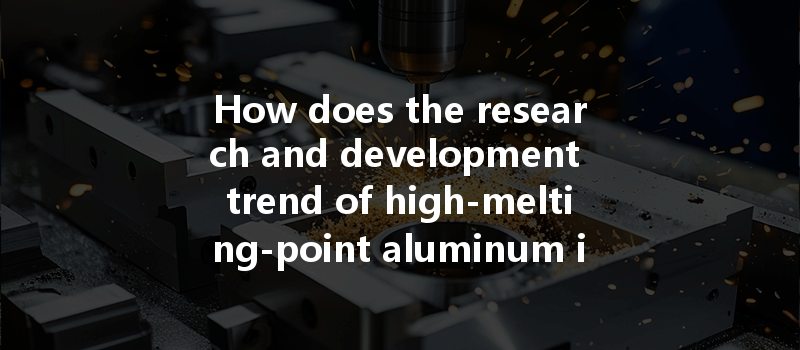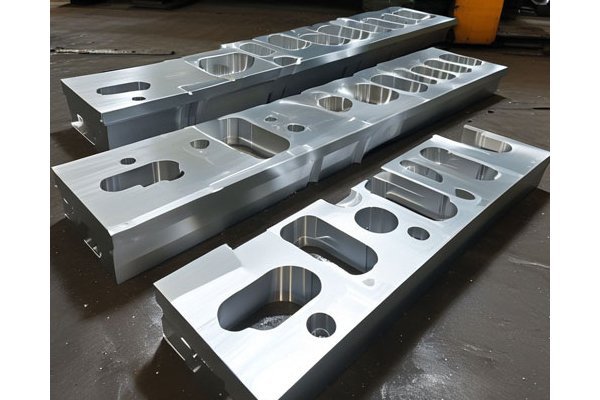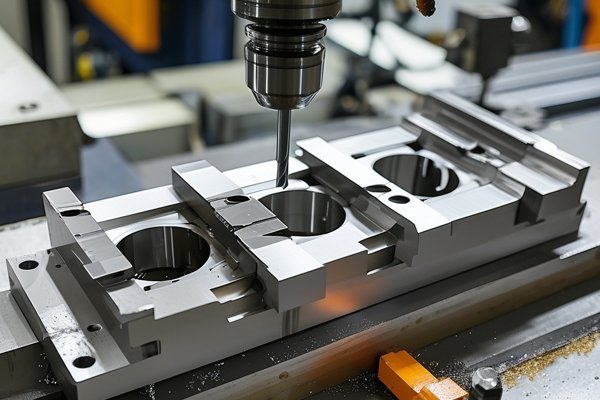Opening
Did you know that aluminum has become the third most abundant metal in the Earth’s crust? In recent years, high-melting-point aluminum alloys, known for their remarkable strength-to-weight ratios and corrosion resistance, are revolutionizing various industries. But how do advancements in these materials affect the CNC (Computer Numerical Control) processing landscape? In this blog, we will delve into the intricate relationship between high-melting-point aluminum and CNC machining, examining R&D trends and their implications for manufacturers and the engineering sector.
Understanding High-Melting-Point Aluminum
High-melting-point aluminum alloys typically refer to those with melting temperatures exceeding 600°C (1112°F). These alloys, often characterized by alloying elements like copper, magnesium, and lithium, are being researched and developed for applications requiring enhanced strength, thermal stability, and reduced weight. This makes them increasingly attractive for sectors such as automotive, aerospace, and defense.
Key Characteristics of High-Melting-Point Aluminum
The Impact on CNC Processing: R&D Trends
As the demand for high-performance aluminum alloys grows, the need for refined CNC machining processes also intensifies. Here are some critical insights on how current R&D trends shape CNC machining:
Research indicates a significant trend towards developing specialized cutting tools designed to handle the unique properties of high-melting-point aluminum. Innovations in tool materials, coatings (like TiN, TiAlN), and geometric design are enabling manufacturers to achieve precise cuts while minimizing tool wear due to the toughness of the materials being processed.
Solution: Invest in high-quality, specialized cutting tools tailored for high-melting-point alloys. Utilizing advanced coatings can extend tool life and improve overall machining efficiency.
CNC machining of high-melting-point aluminum generates significant heat, jeopardizing both part quality and tool integrity. New cooling techniques, such as minimum quantity lubrication (MQL) and cryogenic cooling, are gaining traction within the industry.
Solution: Implementing innovative cooling strategies can significantly reduce thermal deformation, improve surface finish, and extend tool life during machining processes.
As environmental concerns heighten, R&D is aligning with sustainability trends. Researchers are exploring eco-friendly lubricants and biodegradable materials that can replace traditional toxic options. Furthermore, the focus on recycling aluminum alloys becomes critical due to its long-term viability.

Solution: Adopt sustainable practices in CNC machining by switching to environmentally safe lubricants and promoting the recycling of aluminum scraps.
The digital transformation is fostering the growth of Industry 4.0, pushing CNC machining toward automation. By implementing advanced sensors, IoT, and AI technologies, manufacturers can achieve real-time monitoring, predictive maintenance, and adaptive machining, which optimally adjusts the machining process according to fluctuation in the material properties of high-melting-point aluminum.
Solution: Invest in smart CNC machines equipped with IoT and AI capabilities for predictive maintenance, enhancing efficiency, and minimizing downtime.
As the complexity of machining high-melting-point aluminum increases, so does the need for effective evaluation methodologies. New approaches, including Finite Element Analysis (FEA) and Computational Fluid Dynamics (CFD), allow manufacturers to predict machining behaviors accurately.
Solution: Utilize simulation software during the design phase to select optimal machining parameters, ensuring process efficiency and part accuracy.
Challenges in CNC Machining of High-Melting-Point Aluminum
While there are numerous advancements, CNC machining high-melting-point aluminum also presents unique challenges:
The evolution of high-melting-point aluminum alloys reflects a significant shift in materials science and engineering. Through research and development, we have unmasked potentials that have far-reaching implications for various industries. From the adoption of advanced cutting tools and cooling techniques to the implementation of automation, the CNC machining process is being revolutionized.
As we embrace these innovations, it’s crucial for manufacturers to stay informed about trends and solutions that enhance their operations. The ability to machine high-melting-point aluminum effectively gives companies a competitive edge in quality, efficiency, and sustainability.
Understanding these advancements facilitates not only better operational practices but also deeper collaboration between various facets of production. As industries move closer to adopting sophisticated materials, realizing their full potential will become increasingly relevant. By holding a proactive position in adapting to R&D trends, firms can ensure their resilience and leadership in the current market.
Engaging in continuous learning and adaptation isn’t simply beneficial; it’s essential. As tools and techniques progress, so too must our approaches to machining. This blog highlights the critical importance of thoughtful consideration regarding high-melting-point aluminum and its implications for the future of CNC processing—not just for individual firms but for the industry as a whole.






